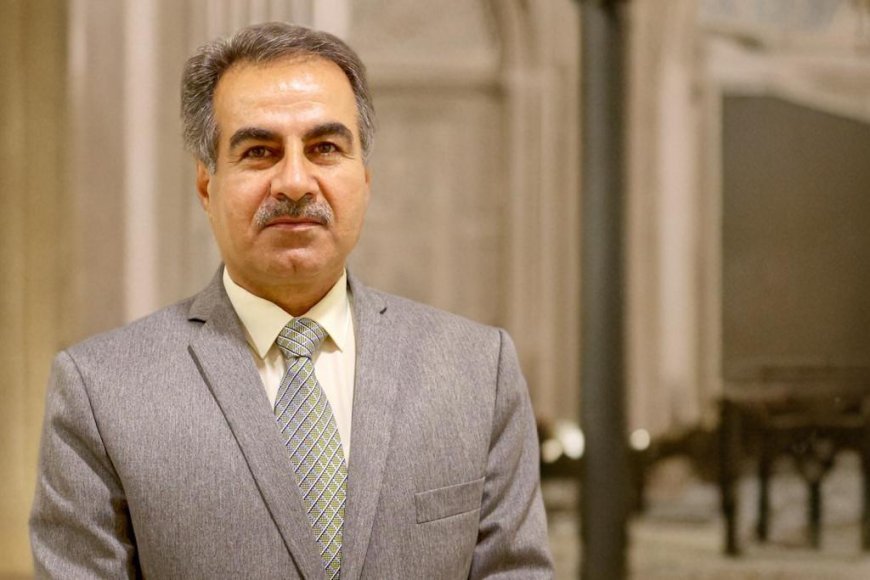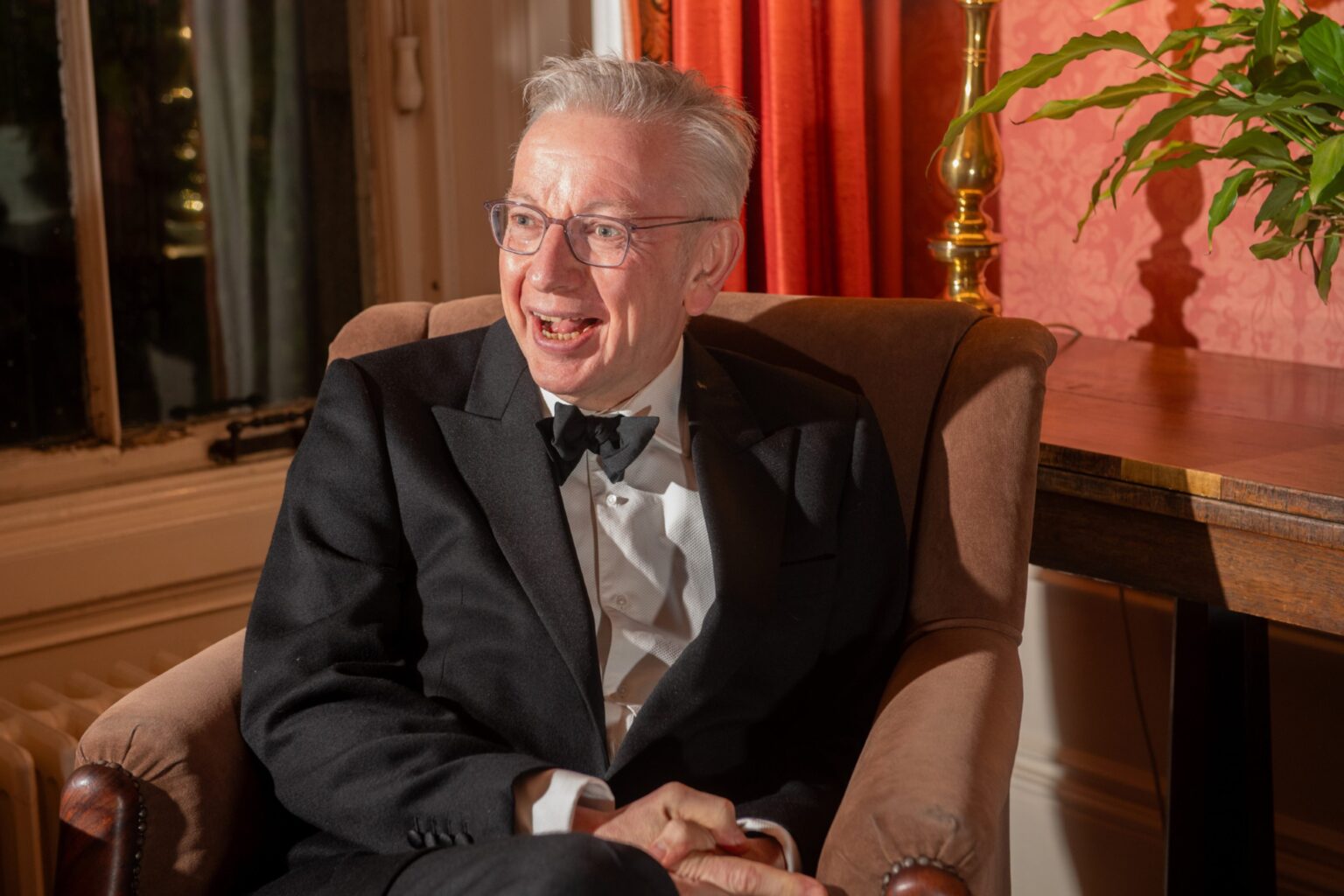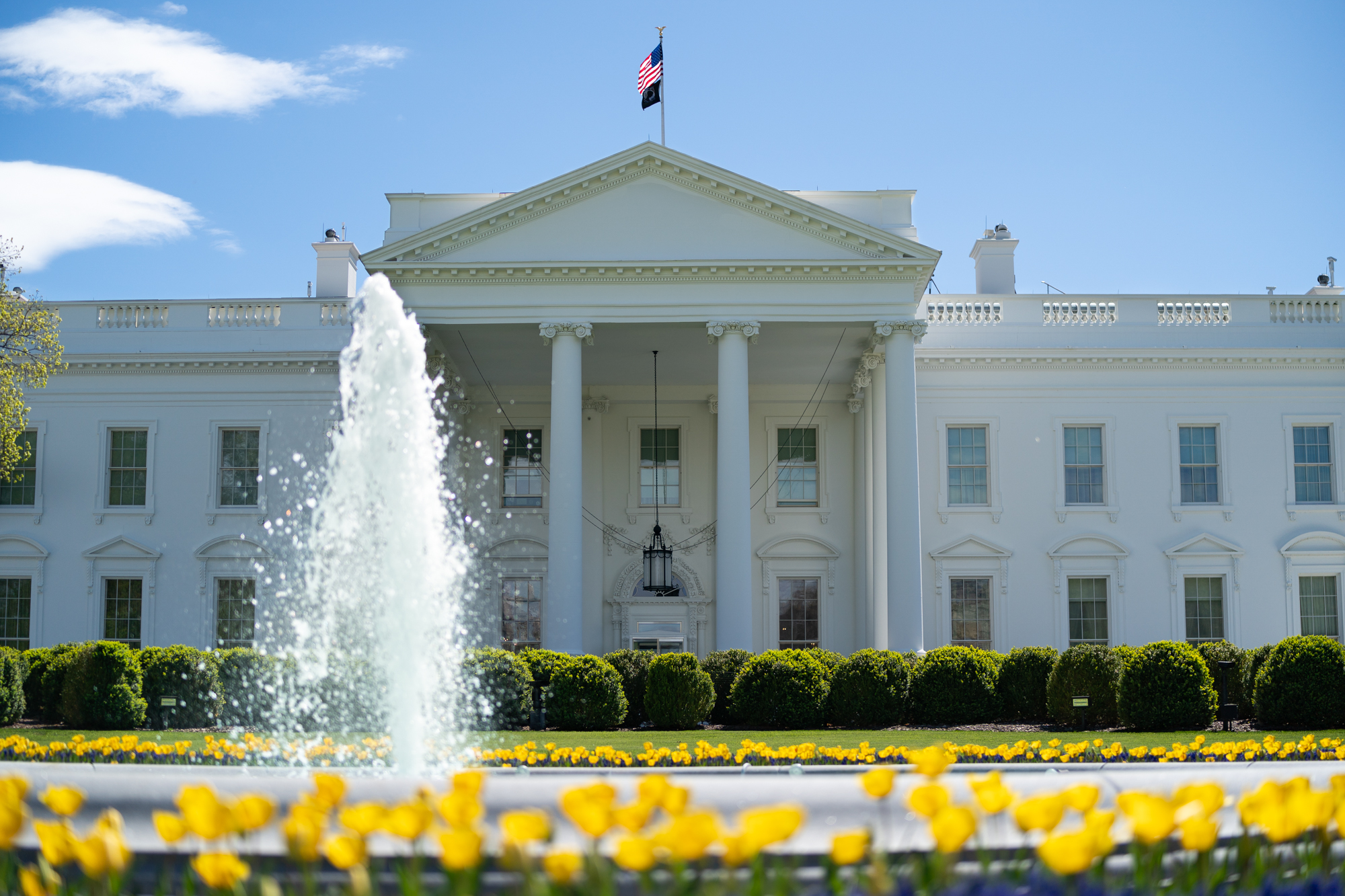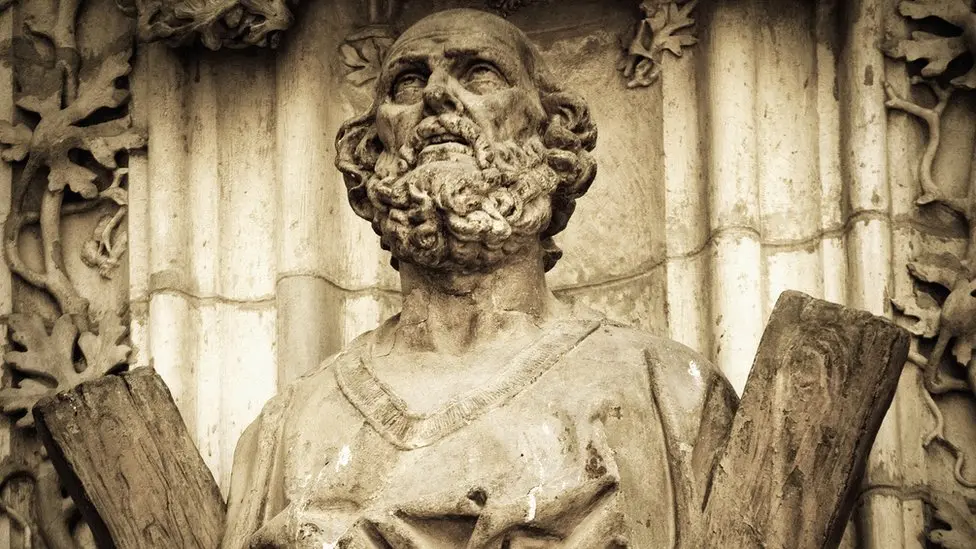Anne Boleyn (1501-1536): The young queen consort who dared to think, desire, and rule
Dr. Sirwan Abdulkarim Ali / Political analyst and academic

In the long and dramatic history of England, few women have fascinated generations as deeply as Anne Boleyn, the second wife of King Henry VIII and the mother of Queen Elizabeth I. Her name evokes both admiration and tragedy, a woman whose strength lay in her intellect, her belief in reform, and her refusal to be defined by the limits of her time. Yet the very qualities that elevated her to become Queen consort - her ideology, confidence, and adventurous ambition - also became the tools of her destruction.
 Anne Boleyn's beheading
Anne Boleyn's beheading
Anne Boleyn was 35 years of age from a noble but not royal family. Her early years were spent at the courts of the Netherlands and France, where she was educated in languages, literature, and music but more importantly, in the new humanist and reformist ideas spreading across Europe. These influences shaped her into a woman who thought beyond convention.
Unlike most women of her era, Anne viewed intellect as power. She had read the works of religious reformers such as Tyndale and Erasmus and supported the translation of the Bible into English so ordinary people could read it. Her vision of faith was personal and spiritual, not ritualistic. This inner strength, the courage to think for herself, made her different in a court where most women existed only to please and obey.
When she entered Henry VIII’s court, Anne quickly became known not just for her charm, but for her sharp mind and confidence. She was no passive courtier. Her refusal to become the king’s mistress transformed her from an object of desire into a partner in dialogue. She demanded marriage, legitimacy, and respect. In an age when women were expected to be silent, Anne used her intellect and charisma to negotiate her destiny.
Anne’s sexuality was not a weakness; it was part of her power. She was alluring, but never submissive. Her intelligence made her attraction more dangerous to those who sought to control her. She understood the politics of desire: that to capture the attention of a king was to hold a form of influence that could reshape nations.
Her relationship with Henry VIII was both passionate and political. Through her, Henry found not just love but justification for rebellion. Anne’s presence convinced him to defy the Pope and separate England from the Church of Rome. The English Reformation was born out of this union; a religious and political transformation that would redefine English identity for centuries.
Anne’s influence went in this way far beyond mere romance. She became the symbol of a new order, a queen consort who represented education, religious freedom, and the idea that women could shape history. Yet, her assertive nature also made her enemies. Those who preferred docile queens and obedient wives saw in Anne a threat to tradition and male authority.
Ambition was Anne Boleyn’s greatest gift and her greatest danger. Once she became queen in 1533, she used her position to promote reform-minded thinkers and scholars. She donated to the poor, supported the printing of English Bibles, and sought to make the monarchy more engaged with its people. But her determination to be heard in matters of state angered courtiers and ministers who could not tolerate a woman’s political involvement.
At the same time, her marriage to Henry began to deteriorate. Her wit and strong will, once so captivating, began to irritate the king. She failed to produce a male heir, and court factions turned against her. Her former ally, Thomas Cromwell, saw her as an obstacle to his political ambitions. By 1536, her enemies had woven a web of lies, accusing her of adultery, incest, and treason.
The charges were absurd, but in a court ruled by fear and desire, evidence mattered little. Anne faced her accusers with dignity and denied every allegation. Yet her fate was sealed long before her trial began. On May 19, 1536, she was executed at the Tower of London, her composure on the scaffold a final act of defiance. She died at the age of thirty-five, her courage unbroken even in death.
Anne Boleyn’s death was not the end of her story. Her daughter, Elizabeth I, would rise to become one of the most powerful and beloved monarchs in English history. The spirit of the mother, intelligent, cautious, and strong, lived on in the daughter who would rule for forty-five years and usher in England’s golden age.
In many ways, Elizabeth’s reign was the fulfillment of Anne’s vision. The queen who was condemned for her intellect and ambition gave birth to a ruler who transformed those same traits into instruments of greatness. Through Elizabeth, Anne’s ideas triumphed, the belief that leadership required not divine privilege but human intelligence and courage. Anne’s story endures because it embodies timeless truths about power, gender, and identity. She was a woman who lived passionately, thought boldly, and refused to conform to a world built to silence her. Her downfall reveals how easily a society built on male dominance can destroy a woman who dares to challenge it. Yet her legacy reminds us that courage, even when crushed, can shape the future in ways that fear never can.
Anne Boleyn was not simply a queen who fell from grace. She was a revolutionary thinker disguised in silks, a woman who turned her intellect, charm, and conviction into tools of transformation. Her belief in her own worth, her confidence in her sexuality, and her refusal to accept submission made her one of the first modern women in history. Her tragedy lies not only in her death, but in the fact that her brilliance shone in an age unready to accept it. Yet even in death, she won. Her daughter’s crown, her country’s reformation, and her enduring legend all testify to a truth that history has learned again and again: ideas cannot be executed.
Anne Boleyn’s life reminds the world that the price of greatness is often misunderstanding, and the cost of change is often blood. But through that sacrifice, she transformed herself from a queen of scandal into a queen of history, a woman who thought, believed, and dared when few others could.




















/file/attachments/orphans/1000146612_845134.jpg)

































